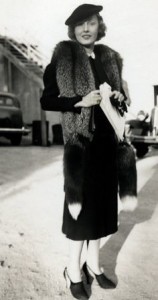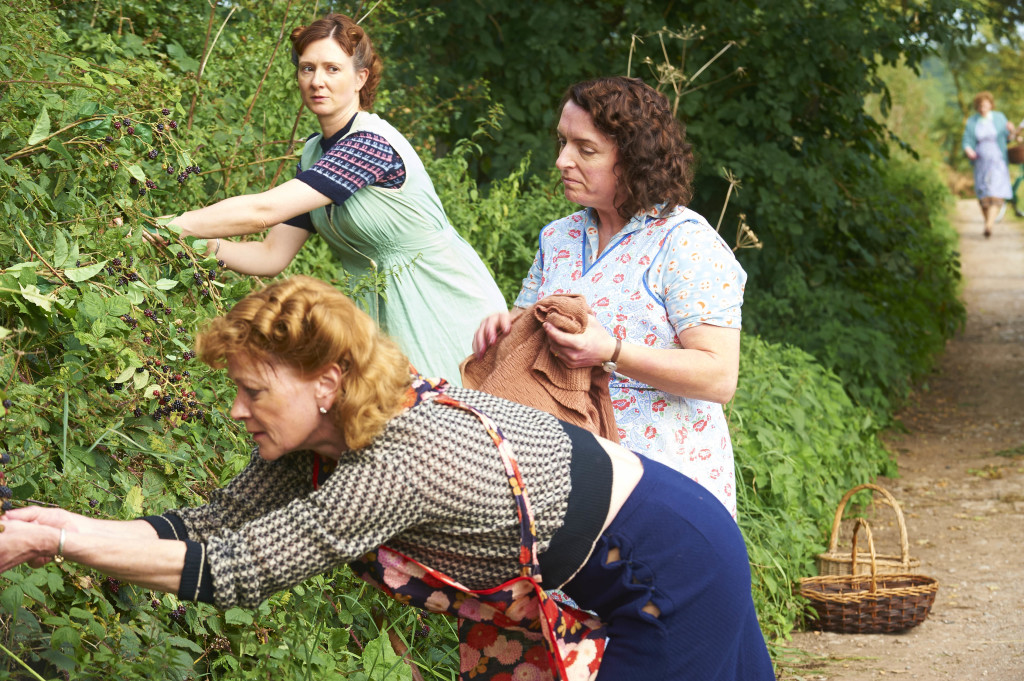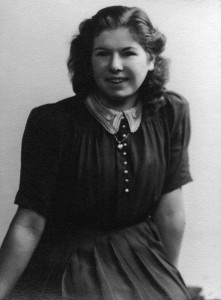
I have been deeply frustrated and saddened by the, to me, farcical discussions between FIFA and the Football Association about the wearing of a poppy on a black armband on Armistice Day. Frankly no one has taken the trouble to look at the facts behind the poppy as a symbol of remembrance so here is a brief history lesson in the whole subject.
The Commonwealth War Graves Commission was set up in May 1917 to commemorate, in perpetuity, the fallen of the Great War. It was needed because the repatriation of remains was impossible given the colossal numbers of the dead and cemeteries had sprung up all over France, Belgium and further afield on Gallipoli, in Greece, Mesopotamia (Iraq) and Egypt. Over 1,100,000 men from the United Kingdom and the British Empire died in the First World War and are commemorated by the CWGC in cemeteries and memorials all over the world. A further 800,000 came under their care after the Second World War. The numbers of dead from other countries in the Great War were even higher. France lost over two million, Germany over four million… It was death on a scale hitherto unimagined. The CWGC has from the very outset made no differentiation in its cemeteries and memorials between race, caste, creed or rank. The officers in all but the earliest cemeteries are buried alongside the men in equality. The headstones are marked with the symbol of the buried man or woman’s religion and if there was no religion then the headstone has no symbol. There would be no bar to any soldier, sailor or airman who died in the service of his or her country in the First, and later the Second World War, to CWGC commemoration.

Along with the desire in Britain to commemorate the dead was an equal desire, post-war, to form some sort of ceremony. On the 11th November 1920 the first Remembrance Service took place in London. The occasion was to mark the return from the battlefields of the mortal remains of the Unknown Soldier who would be buried in Westminster Abbey in soil brought back from France. 2,000 people attended the service, the elements of which had quickly to be put together in a form that would be as equal in its regard for colour, creed and rank as the CWGC is in its memorials.
The two minute silence had been proposed in November 1919 and was ordered by the King to be held on 11th November 1919 at 11 o’clock. The Manchester Guardian described the scene:
The first stroke of eleven produced a magical effect. The tram cars glided into stillness, motors ceased to cough and fume, and stopped dead, and the mighty-limbed dray horses hunched back upon their loads and stopped also, seeming to do it of their own volition. Someone took off his hat, and with a nervous hesitancy the rest of the men bowed their heads also. Here and there an old soldier could be detected slipping unconsciously into the posture of ‘attention’. An elderly woman, not far away, wiped her eyes, and the man beside her looked white and stern. Everyone stood very still … The hush deepened. It had spread over the whole city and become so pronounced as to impress one with a sense of audibility. It was a silence which was almost pain … And the spirit of memory brooded over it all.
The two minute silence is now a part of all Remembrance Day Services.
The poem, For the Fallen, by Lawrence Binyon, was written in 1914 in a reaction to the horrific high casualty numbers of the British Expeditionary Force. For the record, Binyon could not fight as he was too old but he volunteered at a British hospital for French soldiers. The poem was adopted as part of the Remembrance Day Service in 1920 and has been used ever since. The haunting second stanza has been claimed as a tribute to all casualties of war.
They shall grow not old, as we that are left grow old:
Age shall not weary them, nor the years condemn.
At the going down of the sun and in the morning,
We will remember them.
The bugle call, Last Post, sounded at every Remembrance Day Service, is a military call that dates from the 17th century. It appears to have originated from British troops stationed in the Netherlands which drew on an old Dutch custom called taptoe from which we now have the expression Military Tattoo. But that is an aside. The taptoe signals the end of the day and itself came from the expression in Dutch that meant the beer taps had to be shut. The Dutch phrase is Doe den tap toe which means Close the Tap.
So far, so secular. And now to the poppy, this innocent flower that grows best in freshly turned soil. Poppies flowered in huge numbers all over the battlefields of France and Belgium adding a blast of colour to the decimated landscape torn up and freshly turned by the machines of war and the spades of the grave diggers. ‘There was a great profusion – beautiful it was – of wild flowers – poppies, cornflowers, white camomile and yellow charlock’ wrote Captain Parker, one of the CWGC’s first horticultural officers. In May 1915 a Canadian doctor, Lieutenant Colonel John McCrae, was inspired by the sight of the poppies to write a poem in tribute to a friend who died at Ypres. In Flanders Fields immortalised the poppies among the graves:
In Flanders Fields the poppies blow
Between the crosses row on row
That mark our place; and in the sky
The larks, still bravely singing, fly
Scarce heard amid the guns below.
McCrae’s poem was published that year and it inspired an American academic, Moina Michael, to make and sell red silk poppies which were brought to England by a French woman. The Royal British Legion, which was formed in 1921, ordered 9 million of these poppies to sell on the 11 November of that year. They sold out almost immediately and raised over £106,000 or £28,000,000 in 2016. The money was used to help veterans with employment and housing. The following year ex-servicemen were employed to make poppies and the tradition has continued ever since.

There is nothing religious about any aspect of the core of the Remembrance Day Service, nor is there anything political about it. If you take the trouble to watch the service at the Cenotaph on Sunday 13 November you will see that the poppy laying, the poem and Last Post are a self-contained mini-ceremony before the religious prayers and the military parade.
So please, when you next hear bleating about the poppy being a religious or political symbol, just recall that it is, like the Commonwealth War Graves Commission itself, neutral. It represents remembrance of everyone who dies in war regardless of rank, creed, colour or caste. Like the lark in McCrae’s poem, the poppy is ‘above’ the noise of the guns below.













































